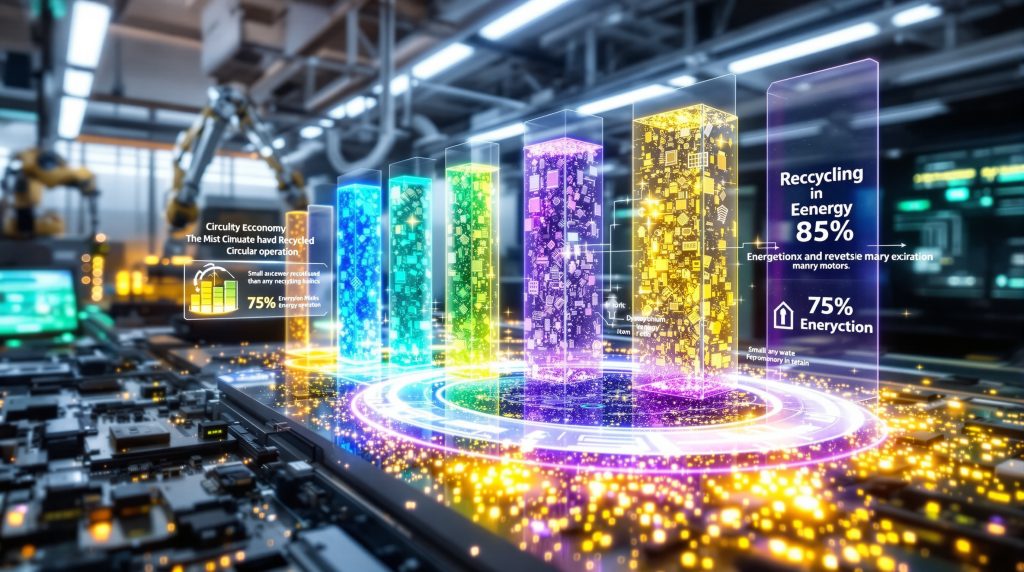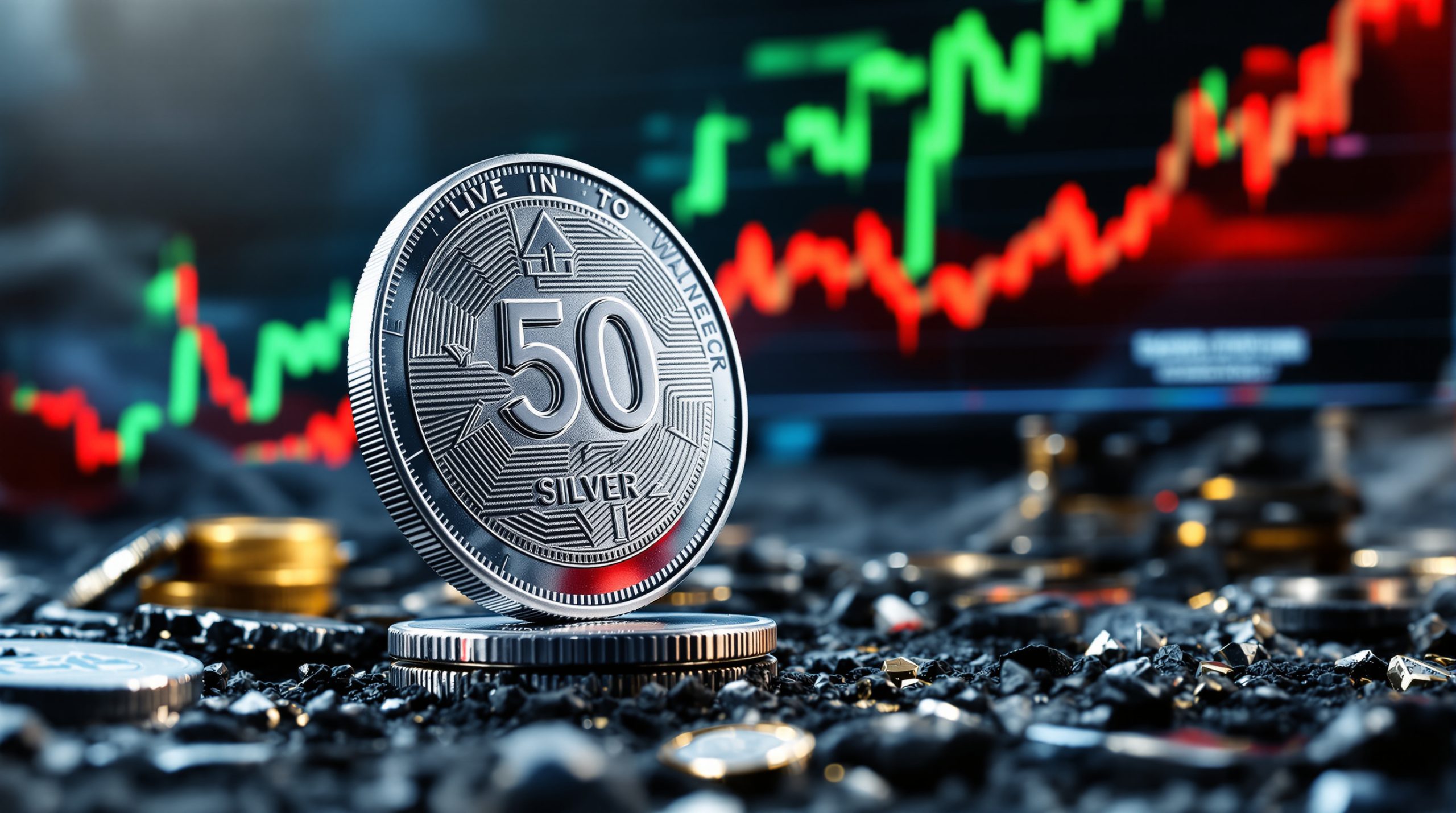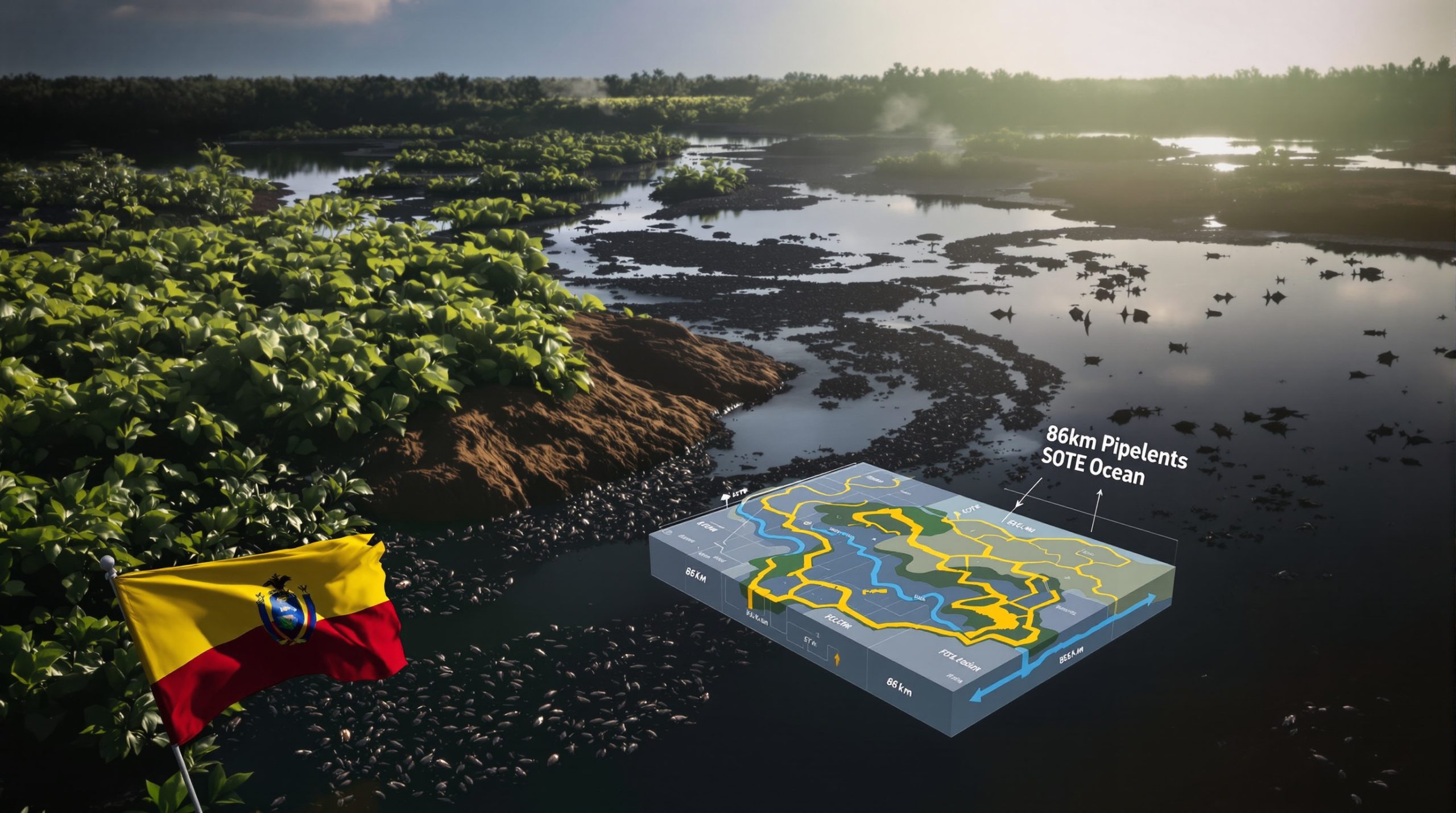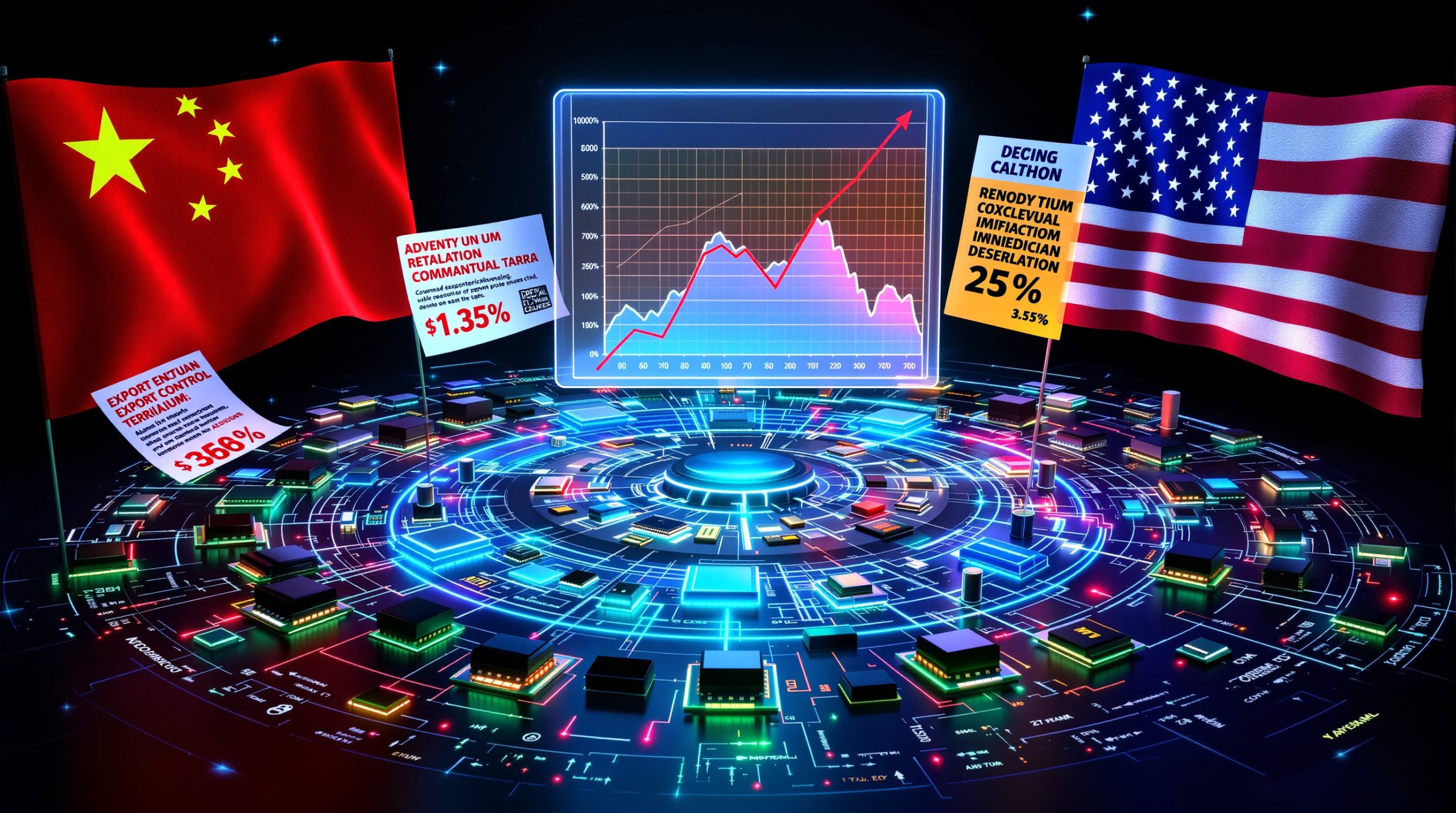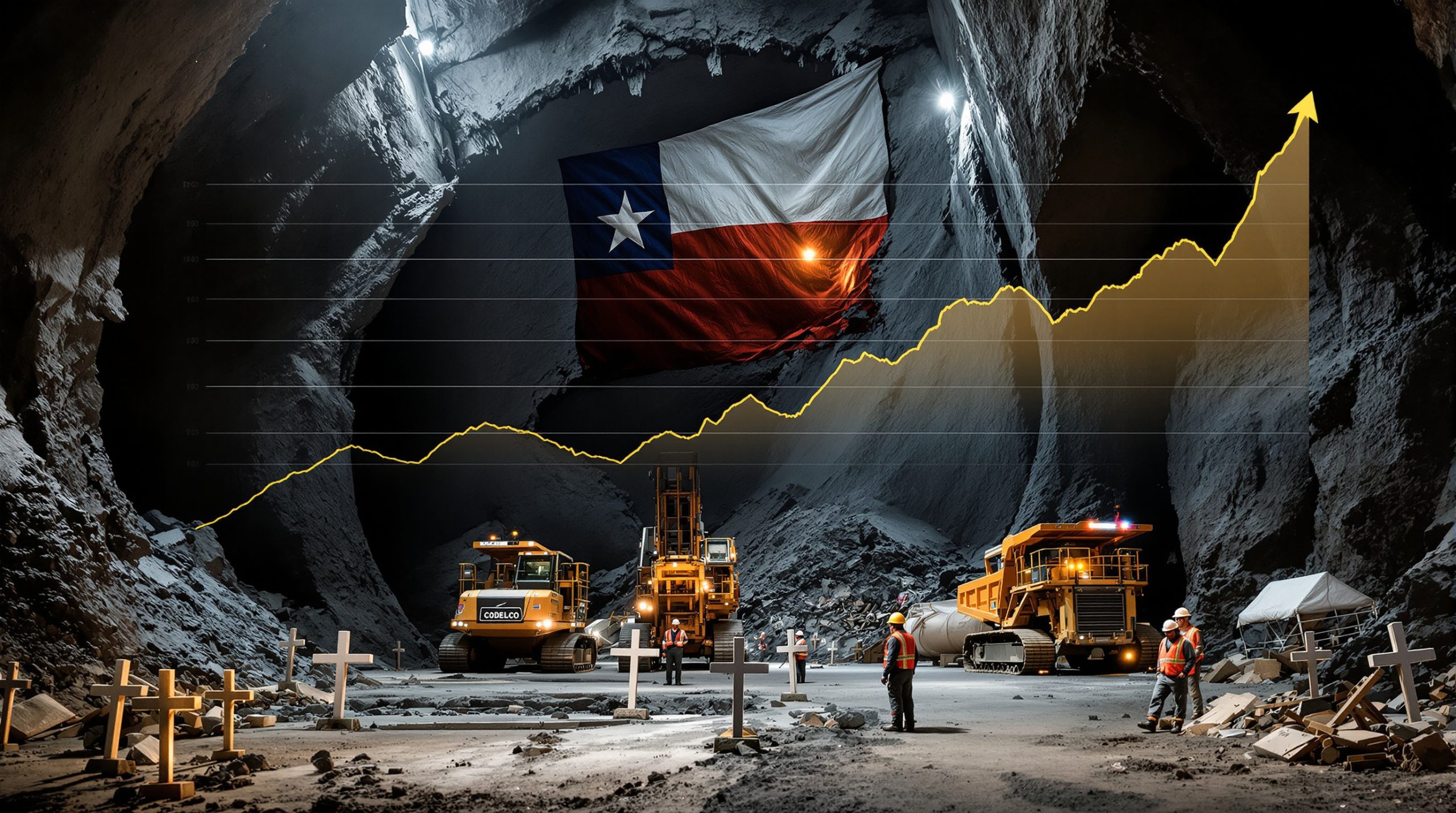Revolutionizing Rare Earth Recycling: Closing the Critical Minerals Loop
In the modern technological landscape, rare earth elements (REEs) have become indispensable components in everything from smartphones to electric vehicles and wind turbines. Yet despite their crucial role, less than 1% of these valuable materials are currently recycled globally. This staggeringly low recycling rate stems from complex technological and economic challenges that have historically made recovery difficult and expensive.
Traditional Recycling Methods and Their Limitations
Traditional rare earth recycling methods involve multi-stage processes that are both energy-intensive and environmentally challenging:
-
Manual dismantling of devices containing REE components
-
Mechanical shredding to separate materials
-
Chemical leaching using strong acids
-
High-temperature processing to extract and purify the elements
These conventional approaches face significant drawbacks:
| Challenge | Impact |
|---|---|
| High energy consumption | Increases carbon footprint and operational costs |
| Hazardous chemical usage | Creates environmental risks and waste management issues |
| Low concentration of REEs in end products | Reduces economic viability of recycling |
| Complex separation requirements | Increases processing costs and technical difficulty |
Industry experts note that the concentration of rare earth elements in many consumer products is so low that conventional recycling methods simply aren't economically viable without significant technological innovation.
Why Is Rare Earth Recycling Becoming Urgent?
Geopolitical Vulnerabilities and Supply Chain Risks
The West's dependency on China for rare earth magnets has created significant vulnerabilities in critical supply chains. China's recent export restrictions have sent shockwaves through Western manufacturing sectors, highlighting the urgent need for alternative sources.
Projected Demand Growth and Supply Gaps
The demand for rare earth magnets is expected to triple over the next decade, driven primarily by:
-
Electric vehicles: Requiring 5× more rare earth magnets than conventional vehicles
-
Wind turbines: Essential components for renewable energy expansion
-
Consumer electronics: Continuing growth in devices using small motors and speakers
By 2035, global demand for permanent magnets is projected to reach 176,000 tons, up from 59,000 tons in 2022. This creates a potential supply shortfall of approximately 60,000 tons (30% of total demand) that cannot be met by currently announced mining projects.
Environmental Benefits of Recycling
Recycling rare earths offers substantial environmental advantages compared to primary mining:
-
Reduces energy consumption by up to 75%
-
Decreases carbon emissions by approximately 60%
-
Minimizes habitat destruction and water pollution associated with mining
-
Reduces radioactive waste (thorium and uranium) often associated with rare earth mining
What Technological Breakthroughs Are Changing the Recycling Landscape?
Innovative Separation Technologies
Several companies have developed breakthrough technologies that overcome traditional recycling barriers:
Chromatography-Based Separation
ReElement Technologies has pioneered chromatography-based separation methods that:
-
Use 75% less energy than conventional processes
-
Generate 70% less carbon emissions
-
Can process both rare earth magnets and lithium-ion batteries
-
Recently received $2 million in Department of Defense funding
Acid-Free Dissolution
A collaborative effort between technology companies and research institutions has developed acid-free dissolution technology that:
-
Eliminates hazardous chemical usage
-
Successfully recovers rare earths from hard drives in data centers
-
Reduces environmental impacts throughout the recycling process
Proprietary Dismantling Processes
Cyclic Materials has created specialized dismantling and processing technologies that:
-
Recover multiple valuable metals simultaneously
-
Create closed-loop battery recycling systems for both rare earths and other metals like copper
-
Scale efficiently to handle various feed stocks from different industries
Who Are the Pioneers Leading the Rare Earth Recycling Revolution?
Commercial-Scale Recycling Operations
Several companies are transitioning from pilot projects to commercial-scale operations:
Cyclic Materials
This Canadian company is investing $25 million in an Ontario recycling facility that will:
-
Convert 500 metric tons of magnet-rich feedstock annually into mixed rare earth oxide
-
Process end-of-life motors from e-bikes and automotive salvage
-
Recover both rare earths and other valuable metals like copper
-
Partner with established refiners to complete the material loop
ReElement Technologies
As a division of American Resources Corp, ReElement is:
-
Operating a commercial plant in Indiana
-
Using proprietary chromatography technology
-
Processing both rare earth magnets and lithium-ion batteries
-
Expanding operations with Department of Defense support
MP Materials and Apple Partnership
A $500 million collaboration between MP Materials (operator of the only U.S. rare earth mine) and Apple aims to:
-
Create a closed-loop rare earth magnet supply chain
-
Recycle rare earth elements from Apple products
-
Combine primary and secondary rare earth sources
-
Demonstrate vertical integration from mining to recycling
What Are the Economic Advantages of Recycling Rare Earths?
Cost Comparison: Recycling vs. New Mining
Recycling operations offer significant economic advantages compared to developing new mines:
| Factor | New Mining | Recycling |
|---|---|---|
| Capital investment | $500M-$1B+ | $25M-$100M |
| Time to production | 7-10+ years | 1-3 years |
| Permitting complexity | Very high | Moderate |
| Environmental liabilities | Significant | Limited |
| Supply certainty | Subject to geological constraints | Tied to existing product cycles |
The Urban Mine Potential
By 2035, the global "urban mine" of rare earth-containing products could generate:
-
40,000 tons of pre-consumer scrap (primarily in manufacturing regions)
-
41,000 tons of post-consumer scrap (geographically distributed worldwide)
This represents a significant opportunity for Western nations to develop domestic rare earth supplies without relying on new mining operations.
What Challenges Remain for Rare Earth Recycling?
Collection and Sorting Infrastructure
Despite technological advances, significant challenges remain in:
-
Creating efficient collection systems for end-of-life products
-
Developing automated sorting technologies to identify REE-containing components
-
Establishing standardized processes for dismantling complex products
-
Building reverse logistics networks to transport materials economically
Economic Viability at Scale
For recycling to reach its full potential, several economic factors must be addressed:
-
Price volatility: Rare earth prices fluctuate significantly, affecting recycling economics
-
Competition with primary sources: Recycling must remain cost-competitive with mining
-
Process optimization: Continuous improvement needed to reduce operational costs
-
Market development: Creating stable markets for recycled rare earth products
Policy and Regulatory Framework
Government policies play a crucial role in rare earth recycling development:
-
Extended producer responsibility programs that require manufacturers to manage product end-of-life
-
Strategic stockpiling initiatives to ensure material availability
-
Research funding for continued technological innovation
-
Tax incentives for recycling infrastructure development
How Can Consumers Contribute to Rare Earth Recycling?
Responsible Disposal of Electronics
Consumers can support rare earth recycling by:
-
Taking electronics to certified e-waste recyclers rather than landfilling
-
Participating in manufacturer take-back programs
-
Supporting companies with closed-loop material policies
-
Extending device lifespans through repair and reuse
Supporting Companies with Sustainable Practices
Consumer choices can drive industry change by:
-
Researching companies' material sourcing and recycling practices
-
Choosing products designed for disassembly and recycling
-
Supporting brands with transparent supply chains
-
Advocating for right-to-repair legislation
What Does the Future Hold for Rare Earth Recycling?
Integration with Primary Supply Chains
The most successful rare earth strategies will likely combine:
-
Primary mining operations for base supply
-
Recycling operations for supplemental materials
-
Urban mining of landfills and historical waste
-
Material efficiency improvements in manufacturing
Technological Evolution
Next-generation recycling technologies under development include:
-
Bioleaching processes using specialized bacteria
-
Selective precipitation techniques for more efficient separation
-
Direct recycling methods that preserve magnet structures
-
Automated disassembly systems using artificial intelligence
Global Recycling Networks
As the industry matures, expect to see:
-
Regional recycling hubs specializing in different product types
-
International standards for rare earth recycling processes
-
Cross-border material flows optimized for efficiency
-
Integrated tracking systems to monitor material lifecycles
FAQ: Rare Earth Recycling Essentials
Which rare earth elements are most valuable for recycling?
The most economically valuable rare earth elements for recycling are those used in permanent magnets:
-
Neodymium (Nd)
-
Praseodymium (Pr)
-
Dysprosium (Dy)
-
Terbium (Tb)
These elements command the highest prices and are found in concentrated forms in magnets, making them more economical to recover than dispersed rare earths.
How does rare earth recycling compare to lithium battery recycling?
While both involve recovering critical minerals energy transition, rare earth recycling faces unique challenges:
-
Rare earths are often more dispersed throughout products
-
Magnets may be embedded deeply within devices
-
Separation chemistry for rare earths is more complex
-
The value per unit weight is typically lower than for lithium batteries
However, rare earth recycling benefits from the stability of the materials, which don't degrade like battery materials.
Can recycled rare earths match the quality of newly mined materials?
Yes, properly processed recycled rare earths can meet the same specifications as primary materials. In fact, some recycled rare earths may have advantages:
-
More consistent composition than some mined sources
-
Lower radioactive impurity levels
-
Reduced processing requirements for certain applications
-
Potential for direct alloy-to-alloy recycling in some cases
What products contain the highest concentrations of recyclable rare earths?
The most promising sources for rare earth recycling include:
-
Electric vehicle drive motors
-
Wind turbine generators
-
Industrial motors and generators
-
Hard disk drives
-
Speakers and audio equipment
-
MRI machines and medical equipment
These products contain relatively high concentrations of rare earth magnets that can be economically recovered.
Conclusion: Closing the Rare Earth Loop
The race to develop rare earth recycling capacity represents a critical opportunity for Western nations to reduce dependency on Chinese supplies while supporting the clean energy transition. By combining technological innovation, strategic investments, and supportive policies, recycling could provide a significant portion of rare earth demand in the coming decades.
Industry analysts note that the rare earth elements we need aren't just in the ground—they're all around us in our devices, vehicles, and infrastructure. Tapping this urban mine isn't just good environmental practice; it's essential for supply chain security.
With demand for rare earth magnets projected to triple by 2035 and primary mining unable to keep pace, recycling rare earths isn't just an environmental nicety—it's an economic and strategic necessity. Furthermore, decarbonisation in mining operations alongside enhanced mine reclamation innovations can complement recycling efforts to create a more sustainable minerals industry. The pioneers developing these technologies today are laying the groundwork for a more resilient and sustainable rare earth supply chain tomorrow.
Further Exploration:
Readers interested in learning more about rare earth recycling developments can also explore related educational content, such as McKinsey's analysis on circular rare earth elements which offers additional perspectives on this emerging industry. Additionally, the European Union has established a critical raw materials facility to address similar supply challenges.
Want to Profit from the Next Major Mineral Discovery?
Discovery Alert's proprietary Discovery IQ model provides instant notifications when significant mineral discoveries are announced on the ASX, giving you a crucial market advantage. Explore how historic discoveries have generated substantial returns by visiting the dedicated discoveries page and begin your 30-day free trial today.
